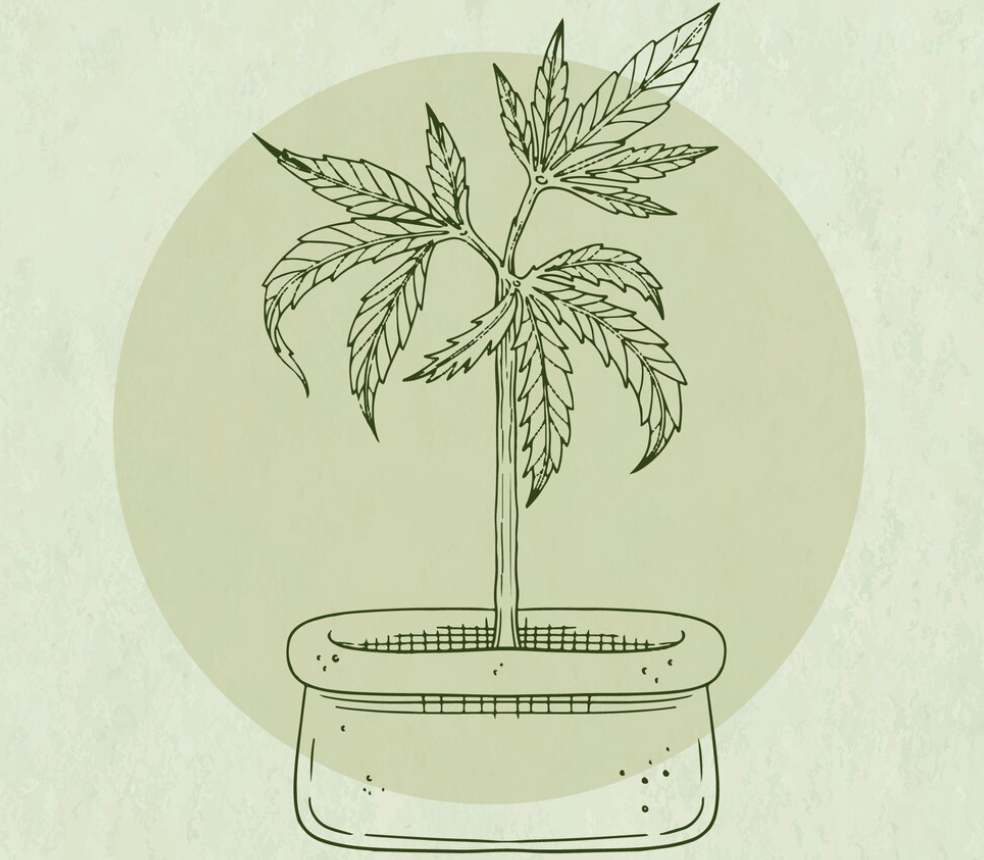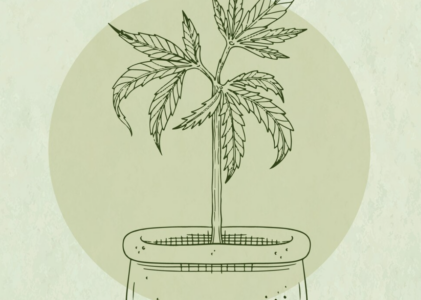Approximately 2,500 years ago, a group of people gathered for a funeral ritual in a cemetery high in the mountains of western China, They placed hot stones inside ten wooden containers, scattered around the room, and then laid leaves on top of the stones. As the leaves began burning, they filled the enclosed space with a haze of smoke. As the people inhaled, they found their minds being shifted to a new, peculiar state. Thousands of years later, when archeologists analyzed the charred plant remains, they realized they had stumbled upon the earliest known example of people smoking, what is known today as Cannabis. When and where did we first domesticate it? How did this peculiar plant come about?
In reality, the deep-time origins of cannabis had been unclear, for a long time. Fossil prints of their distinctive leaves are extremely rare, only 2 are known. However, in recent years, analyses of specific DNA markers and studies of fossil pollen have suggested that the genus bloomed 28 million years ago in the mid-Oligocene epoch, high on the Tibetan Plateau. Cannabis diverged from its sister genus Humulus, commonly known as hops. In actuality, the formation of the Tibetan Plateau may have been a key driver behind the origin of the plant itself. Cannabis thrives in what are known as ‘steppe environments’ – open, arid, and tree-less habitats, when India collided with Asia around 35 million years ago, forming the Tibetan Plateau, resulting in prairie environments around the region and setting the stage for Cannabis to emerge and flourish. So, in a sense, plate tectonics gave us weed. Following its appearance in the Tibetan Plateau, the plant slowly weeded across to both east and west, with its first fossil traces appearing in Europe around 6 million years ago and in eastern China around 1.2 million years ago. By the time we humans came about over a million years later, Cannabis was already an ancient feature of many parts of Eurasia. However, it wasn’t exactly like the cannabis we’re familiar with today, which has been shaped by thousands of years of human cultivation and artificial selection.
Exactly how and when our relationship with this strange plant first began, and how much we changed it over time, has been a mystery, for a few key reasons. Although there are plenty of places where cannabis grows in the wild today, all of those plants seem to be escaped lineages that were once domesticated – making them feral, rather than truly wild, which is where it got the nickname ‘weed’. Considering its use has been taboo in many cultures, a large portion of cannabis breeding has historically been done in secret with samples often being hard to legally collect, therefore making its domestication history difficult to reconstruct. People now not only grow cannabis for its psychoactive properties but also use some lineages for their hemp fibers and oils. In fact, for a long time, taxonomists couldn’t agree on how many species of cannabis existed. The current scientific view, though, is that there’s just one: Cannabis sativa, which contains a variety of different cultivated lineages. For all these reasons and more, tracing the details of the story of ‘people and pot’ using conventional methods proved extremely tricky.



Test